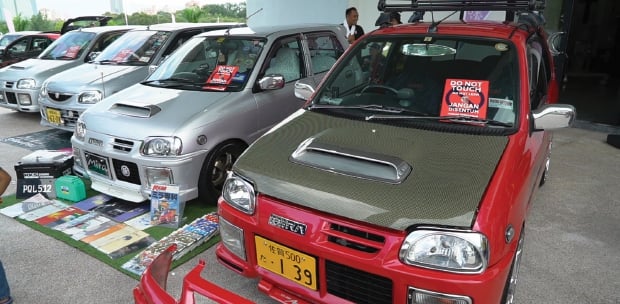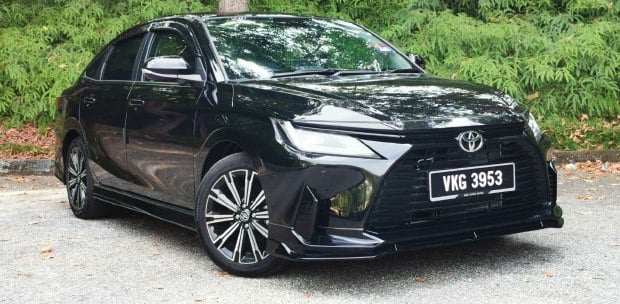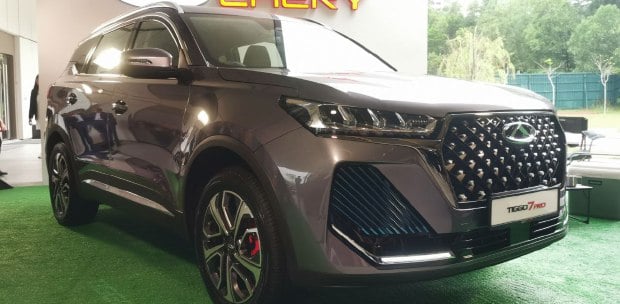WHENEVER we hear the sirens of an ambulance, it usually means trouble, and trouble of the worst kind because whoever is waiting for that ambulance has been incapacitated so badly that he needs to be transported as quickly as possible to a hospital.
For those on the receiving end, the ambulance siren must be kind of a relief and signals that help is finally there.
Ambulances as a form of emergency medical transport isn't exactly a new thing. It has been around for nearly 600 years, though if we think of an ambulance just as a vehicle for transporting the sick, then it probably began more than 1,000 years ago as a transport for lepers and the mad and such.
The earliest ambulances were probably horse drawn, being nothing more than a wagon for those injured in battles, as per-photographs from the American civil war period and such.
The first mass-produced car, the Ford Model T, was soon adapted for ambulance use and from then on, it evolved into the modern version of this vehicle.
If the earliest ambulances are nothing more than a vehicle with provisions for carrying a patient in a lying-down position, with room for a doctor or a nurse on the side, the modern day version is actually better equipped than most small town clinics in the middle of the 20th century.
The modern day ambulance, as a sophisticated emergency medical transport with various life-extending and injury mitigating capabilities, began at the end of the 19th century when ambulances carried splints, bandages, stomach pumps plus morphine and brandy for pain management.
These lasted well into World War 1 and it wasn't until World War 2 when we see widespread use of motorised ambulances. For most of us, images of Willy's Jeep with a stretcher next to the driver or a Land Rover with box at the back are probably our first memory of ambulances.
Throughout the years ambulances have begun to include ever more advanced features to now include respirators, defibrillators and various diagnostic and monitoring devices, and these equipment can cost nearly a million ringgit.
Then there are specialty ambulances that can go into remote places with all-wheel drive capabilities, though these are mostly used by the military due to their cost and limited usability in normal operating conditions.
Military ambulances also tend to be better equipped to deal with trauma because of the nature of injuries suffered by soldiers on the battlefield.
Some military have developed mobile operating theatre, capable of stitching up most battle field injuries, except the most serious ones.
In modern medical terms, the ambulance is actually a first response medical team that can help even the most badly injured patient to survive their ordeal.
Some countries are ahead of others when it comes to ambulance design due to the nature of their geography. Japan, for example is known for earthquakes and tsunamis and, therefore, the whole country has been drilled for orderly public response even in the worst of situations.
We have all seen how the Japanese form orderly queues for mineral water in the aftermath of the horrendous tsunami that overran Sendai and Tohoku after a huge earthquake.
In its readiness preparation, the Tokyo Fire Department developed a super ambulance that is basically a small eight-bed emergency room equipped to deliver initial treatment in an area overrun by calamity and disaster.
Big though this ambulance is, there is an even bigger ambulance that roams the planet and that honour belongs to Dubai, which has built a 23-bed emergency room into the body of a Mercedes-Benz Citaro-articulated city bus.
This flagship ambulance is accompanied by two non-articulated Citaro ambulances, one that can be used as a full blown operation theatre while the other can be used to treat light injuries and transport a large number of patient at the same time.
Dubai's mega ambulance includes everything from X-ray machines to all the modern equipment you can find in a big city hospital.
If there is trouble and this trio appears, most people would breathe a sigh relief.
While all this is great, the best ambulance in the world is by the one we all know and love, the one built on the frame of a Cadillac Fleetwood and transformed into ambulance by the Miller Meteor company.
Miller-Meteor is a specialist coachbuilder, famous for transforming large American cars into even larger limousines, hearses and ambulances.
The Fleetwood ambulance is quite a common scene in movies depicting the 1960s and 1970s as it is easily identifiable with the period thanks to its iconic design.
This ambulance gained world fame when a group of mad scientists decided they needed a fast response vehicle for ectoplasmic emergency.
Given their function, the more modern ambulances are clearly built not for their looks but practicality. We're talking nuts and bolts, and scalpels and bandages.
One does imagine though if a Rolls Royce Cullinan was stretched and turned into a high-speed medical assistance vehicle.
Still, there is the Mercedes-Benz C63 AMG that serves a the Formula One medical car even though that is more of a high speed doctor delivery service rather than an ambulance — a F1 ambulance tends to be a helicopter flying out to the nearest hospital.





